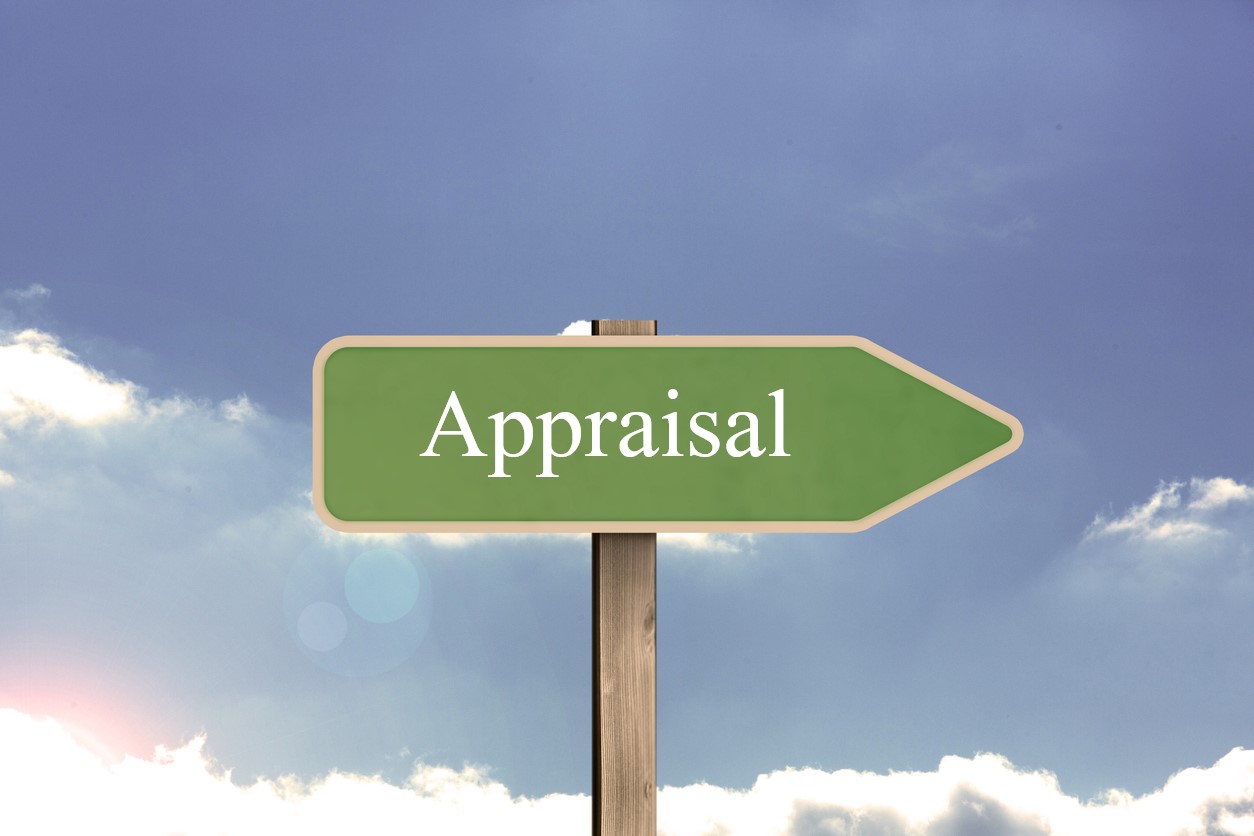An Illinois Public Insurance Adjuster recently contacted me regarding an insurer’s denial of a smoke damage claim. The facts were as follows. While a condominium unit owner was using the fireplace in the unit (“unit 1”), smoke began to fill up in the condominium unit above (“unit 2”). The condominium association made a claim to its property insurer for the smoke damage to unit 2. Concluding that the fireplace flu in unit 1 was improperly installed, the insurer denied the association’s claim, asserting exclusions for damage caused by or resulting from (1) faulty workmanship (“the faulty workmanship exclusion”) and (2) the discharge or release of pollutants (“the pollution exclusion”).
In my opinion, the denial was erroneous, and the smoke damage should be covered for the following reasons.
First, the exclusions conflict with the coverage afforded by the Illinois statutorily-mandated standard fire insurance policy (“the Standard Fire Policy”),1 which insures against all “direct loss by fire.”2 The Merriam-Webster online dictionary defines the phrase “direct loss by fire”3 as “loss traceable to fire as the proximate cause: loss that is caused by smoke or by water used in extinguishing a fire.”4 Indeed, in the eyes of the Illinois Department of Insurance, a direct loss from fire also includes mold resulting from water used to suppress a fire. In that regard, in 2002, the DOI issued Bulletin 2002-7, which advised property insurers that mold and fungus-related limitations or exclusions violated the Standard Fire Policy to the extent they excluded or limited coverage for water and mold damage following a covered fire loss.5
Second, Illinois courts have concluded that a pollution exclusion applies only to damage caused by traditional environmental pollution i.e., industrial discharge or toxic waste into the environment.6 Thus, even if smoke is a pollutant, the discharge, dispersal, migration, release, or escape of smoke from a fire in a contained or indoor environment does not constitute the type of traditional environmental pollution contemplated by the pollution exclusion.
Finally, the faulty workmanship exclusion contains a “resulting loss” exception, in that if faulty workmanship results in a covered cause of loss, then coverage is afforded for the resulting loss or damage caused by the covered cause of loss, though coverage is not afforded for the cost of correcting the fault or defect itself.7 In my opinion, a resulting loss is covered even if faulty workmanship is a “but for” cause of the loss. In that regard, the intent of the exclusion and exception is to exclude only that portion of the loss attributable to the faulty workmanship. The exclusion and exception, read together, operate to eliminate the conduct or defect from consideration in analyzing the cause of resulting damage; unless, of course, there is no resulting damage and the loss consists solely of the conduct or defect itself, in which case coverage does not apply. Put another way, only the actual physical peril causing the resulting damage is subject to the coverage analysis.
Here, the improperly installed fireplace flue is eliminated from consideration in analyzing causation. Thus, to determine if coverage applies, the actual physical peril causing the resulting damage, smoke, must be analyzed. As explained above, smoke from a fire in a contained or indoor environment is not subject to the pollution exclusion. Because there is no other provision in the association’s policy excluding it, the smoke damage is covered.8
While I was surprised to see that this insurer denied the association’s claim, I guess I should not be. Many claim representatives I have deposed never heard of the Standard Fire Policy, though it has been in existence in the majority of states since 1943. Incredibly, an Allstate claim representative I recently deposed never read the Standard Fire Policy during his 12-plus years at Allstate, despite the fact that the Standard Fire Policy is included as an endorsement to all Allstate policies written in Illinois. That is ironic, given that insureds (albeit untrained and inexperienced) have an obligation to read and understand their policy according to some courts, but apparently trained and experienced claim representatives need not read and understand them.
What is more, while claim representatives I depose routinely agree that a fair and good claim handling practice requires looking for reasons to support coverage and not simply looking for reasons to deny coverage, most give lip service to this well-established claim handling practice. In this smoke damage claim, it would have been very easy for the claim representative to find coverage for the reasons explained above. Common sense dictates the same. After all, “where there is smoke, there is fire.”
____________________________________________
1 Under the powers vested by sections 397 and 401 of the Illinois Insurance Code, the Director of Insurance has promulgated certain regulations which provide for a Standard Fire Policy. 215 ILCS 5/397 and 5/401(a); 50 Ill. Adm. Code § 2301 et. seq. Under the regulations, all fire insurance policies must “conform to such form of the Standard [Fire] Policy or, if another form is used, shall for the purpose of concurrence of contract be deemed to be the Standard [Fire] Policy.” 50 Ill. Adm. Code § 2301.30. In essence, the Standard Fire Policy guarantees a minimum level of coverage that supersedes any attempt to limit or to restrict coverage to less than the statutory minimum. Stated differently, fire insurance policies may not provide coverage less than that set forth in the Standard Fire Policy.
2 Illinois Standard Fire Policy.
3 http://www.merriam-webster.com/dictionary/direct loss by fire
4 A California Superior Court in Marrufo v. Automobile Club of Southern California, recently concluded that an endorsement limiting coverage to $5,000 for a wildfire smoke loss reported more than 90 days after the start of a wildfire violated the California statutorily-mandated standard fire insurance policy, which insures against all loss by fire. The court reasoned that “all loss by fire” includes smoke from a fire. Link to the decision.
5 CB #2002-07 Filing Procedures and Requirements for Exclusions and Limitations Related to Mold.
6 See, e.g., Am. States Ins. Co. v. Koloms, 687 N.E.2d 72 (Ill. 1997).
7 See Moda Furniture, LLC v. Chicago Title Land Trust Co., 2015 IL App (1st) 140501 (Ill. App. June 29, 2015)(the resulting loss exception affords coverage for damage separate from the cost of repairing the faulty workmanship itself).
8 Even under a narrow interpretation of the resulting loss or ensuing loss exception to the faulty workmanship exclusion, which requires that an unexcluded peril separate and distinct result or ensue from the excluded faulty workmanship, the smoke damage would be covered as a resulting loss. The oft-cited example for the narrow interpretation is if faulty workmanship in the installation of electrical wiring in a dwelling or building result in fire, then the resulting fire loss is covered. See Narob Dev. Corp. v. Ins. Co. of N. Am., 631 N.Y.S.2d 155 (N.Y. App. Div. 1995).



